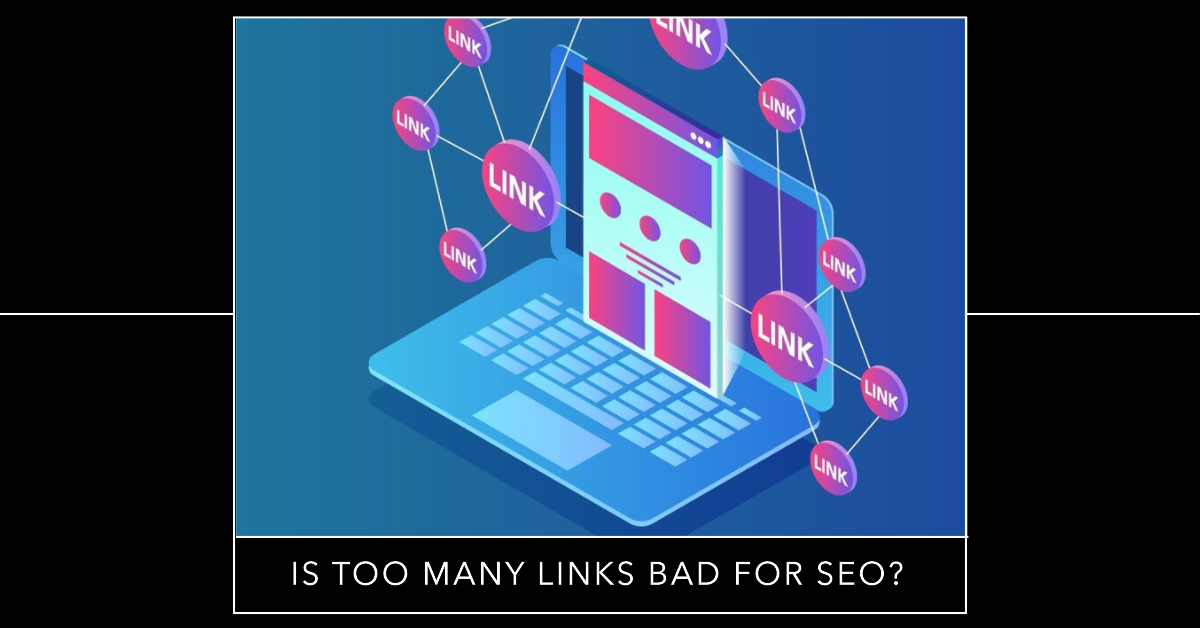Hello there, digital adventurers! Have you ever questioned if having too many backlinks on your website is a bad thing? Do you believe having too many links might harm an SEO strategy? This blog will look at the answers to these and other questions.
We’ll look into whether having too many backlinks is harmful to your website or just a myth. Join us as we delve into the complexities of backlinks and uncover the fine line between quality and quantity.
Understanding the Basics of SEO
If you’ve been working in digital marketing for a while, you’ve probably heard of SEO or Search Engine Optimization. 
SEO (Search Engine Optimization), a digital marketing tactic, helps enhance a website’s performance and overall user experience so that it ranks at the top of search engine result pages. It is one of the most effective ways to boost your company’s organic traffic and revenue. And the outcomes are certain when SEO is done correctly.
The Role of Links in SEO Algorithms
Links are critical in the complex algorithms that regulate SEO. According to experts, link building is the third most important SEO ranking factor behind content and keywords. They act as the digital world’s connecting tissue, leading search engines through the immense expanse of the internet.
Search engines utilize links to determine the relevance, authority, and reliability of websites. Quality backlinks act like a vote of confidence, notifying search engines that a certain site is a valuable resource. Links in the SEO symphony serve to harmonize information, creating a song that resonates with search engine algorithms. 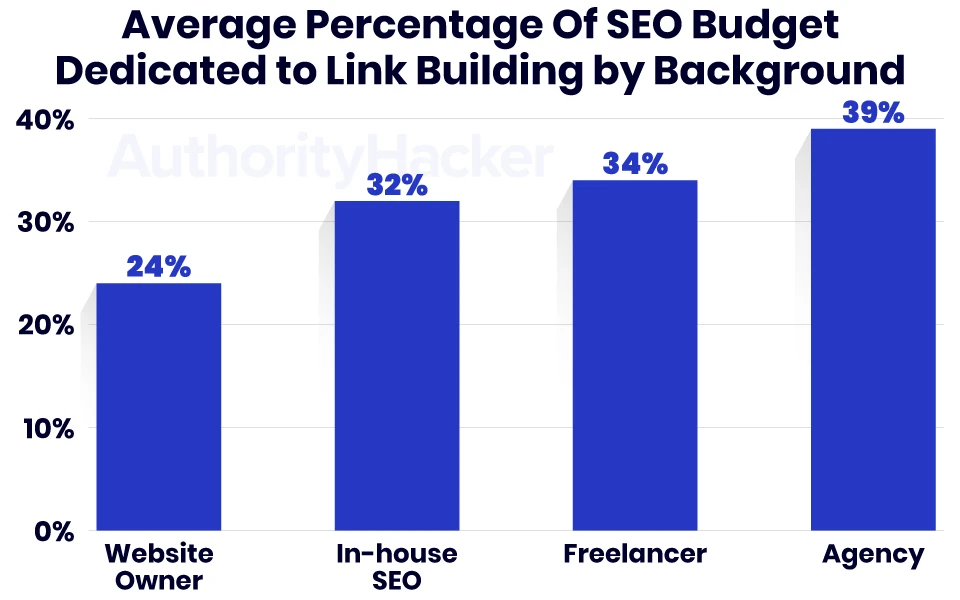
The graph above represents the average proportion of SEO budget spent by website owners, in-house SEO specialists, freelancers, and agencies on link-building activities.
Different Kinds of Links
- Internal Links: Internal links are navigational tools within a website that create an orderly hierarchy and guide readers to relevant pages. They increase user experience and contribute to a website’s SEO health. According to the report, incorporating internal links into your SEO strategy is critical. In fact, 2-3 links in each post are suggested by around 51% of marketers.
- External Links: External links act as bridges connecting your website to external domains. They validate content and signify a website’s participation in the broader digital ecosystem.
- Backlinks: Backlinks are digital commendations from other websites. Think of them as digital endorsements; the more reputable sites that vouch for your content, the higher your website climbs in the SEO hierarchy. Backlinks are considered the top 3 ranking factors by Google. As per Ahrefs, a website gets higher organic traffic from Google if it consists of high-quality backlinks from reputable websites.
The Myth of Quantity Over Quality
In the ever-changing world of SEO, the belief that more links inevitably result in better SEO results is popular, luring digital marketers on a regular basis. This strategy, however, oversimplifies the complex processes used by search engines to establish a website’s authority, relevancy, and overall ranking.
Quality vs. Quantity: Unraveling the Dilemma
The quality of links is more crucial than the quantity of links in SEO success. Search engines operate as discerning critics, judging the worth of each link based on variables such as the linked site’s authority, relevancy, and trustworthiness.
A small number of contextually relevant, high-quality backlinks can outweigh a big number of random, low-quality links. According to recent data, 93.8% of link builders value link quality above link quantity. It’s the digital equivalent of “quality over quantity,” with intentional, relevant links improving a website’s ranking in search engine algorithms.
In this complicated web of website optimization, the emphasis is on creating links that truly count, valuing relevance and authority over simple numbers.
Impact of Too Many Links on Website Performance
The subtle and critical role of links is delicately woven into the fabric of website optimization. While links are the connected threads that knit the internet, an overabundance can have unintended repercussions.
The effect of having too many links on website performance is a delicate balance that requires investigation. Let’s have a look at how building too many backlinks affects website performance:
Deterioration of User Experience
A website with an excessive number of links can be perplexing to visitors. It’s like trying to negotiate a maze with too many paths—you could become frustrated and disoriented. 
When seeking information or services, people prefer a direct and easy path to information or services rather than a complex web of links. It’s about keeping their experience simple and straightforward so they can get what they’re looking for without getting lost in a maze of hyperlinks.
SEO Quandaries and Penalties
Search engines utilize complex criteria to determine whether links on a website are good and relevant. Too many irrelevant links to your content might irritate search engines. This might result in your website appearing less frequently in search results, making it more difficult for visitors to locate you online.
It is not enough to have many links; they must also be relevant in order for your website to rank at the top and draw in more visitors. Quality trumps quantity every time.
Dilution of Page Authority
Each link on a page boosts the page’s authority, which is vital for search engine rankings. In contrast, an excessive amount of outbound connections may dilute the page’s authority, lowering its perceived value by search engines. Strategic link placement and prioritization are required to keep a page’s influence.
It’s similar to making certain that just the most significant links are highlighted, retaining the page’s power and relevance for search engines.
Strain on Website Loading Speed
Every link initiates a back-and-forth contact between the user’s browser and the server, affecting the loading speed of the page. A surplus of links can escalate the number of HTTP requests, culminating in slower loading times. 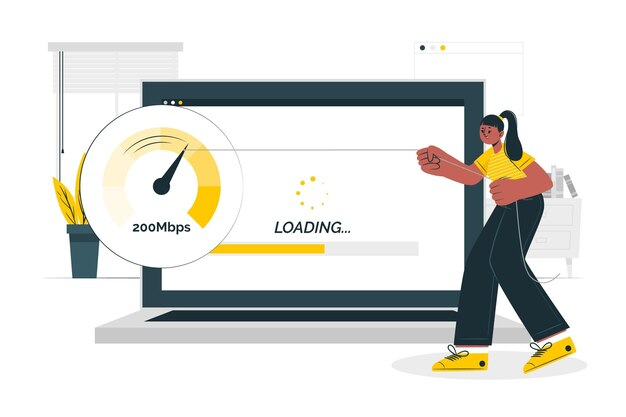
In today’s fast-paced digital landscape, users show impatience toward sluggish websites, while search engines prioritize loading speed in their ranking criteria. Websites should open in less than 3 seconds, according to 83% of customers.
Along with this, it has been proved in a study by Backlinko that in comparison to websites that load slowly, fast-loading pages gain a higher ranking. The efficiency of a website in delivering content swiftly becomes paramount, emphasizing the need for a balanced number of links to maintain optimal performance.
Diving into Google’s Guidelines
Understanding Google’s stance on link schemes is essential in the huge world of digital optimization. Google searches, after all, account for 92.96% of all worldwide traffic. The search engine vigorously rejects fraudulent methods while highlighting the value of genuine, user-centered interactions.
Embracing Natural Link Building: Guiding Principles
Google’s guidelines promote natural link-building tactics. This strategy encourages webmasters to create links on the spur of the moment, with a focus on relevancy, quality, and user value. By avoiding fraudulent link strategies, websites can establish a substantial internet presence while conforming to Google’s ethical rules.
Balancing Act: How Google Manages Excessive Linking
Google’s standards strongly discourage excessive linking. The search engine employs sophisticated algorithms to distinguish between genuine, user-generated links and those created just for SEO purposes. Excessive linking is penalized, indicating Google’s commitment to supporting a fair and transparent internet economy.
Common Link-Building Mistakes to Avoid
To embark on a successful SEO journey, it is critical to avoid frequent blunders, particularly in the world of link-building. 
1.Quantity Over Quality
Concentrating on obtaining a large number of links without evaluating their quality can result in a diminished SEO impact. Search engines favor valuable and authoritative links above a slew of low-quality ones. The emphasis in the digital domain has switched from quantity to quality, emphasizing the importance of careful link development for a more meaningful online presence. 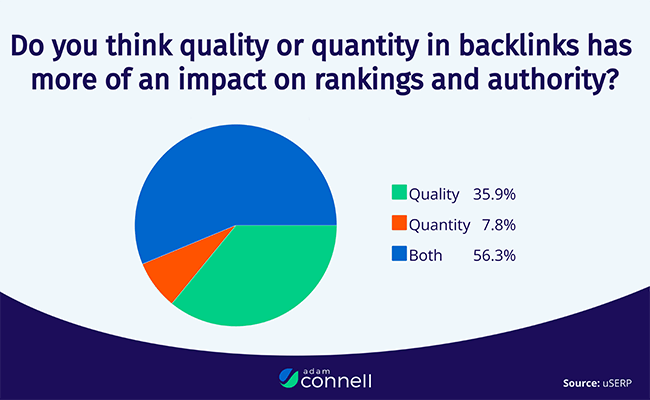
The graph above displays the results of a poll conducted to determine whether or not digital marketers prioritize backlink quality above number. Marketers frequently struggle with selecting between the amount and the quality of backlinks.
Building more backlinks, according to a handful of them, is preferable. Others believe that in order to propel your website to new heights, you should concentrate on generating a small number of high-quality backlinks. However, 56.3% of marketers believe that the combination of quality and quantity can influence ranking. Thus, it is critical to balance your SEO strategy with both sorts of backlinks.
2.Uniform Anchor Text
If you utilize the same anchor text for all of your links, search engines may get suspicious, implying a bogus link profile. Diversify your anchor text to develop a more real and natural online presence. By emphasizing diversified and contextually suitable anchor text usage, this strategy complies with search engine algorithms.
By eliminating recurring patterns, you increase the trustworthiness of your website while adhering to SEO best practices, resulting in a more balanced and successful link strategy.
3.Neglecting Link Context
Inadvertently linking without respect for content context can dilute their efficacy. Since they are more helpful and valuable, search engines place a high value on links that are effortlessly incorporated into appropriate content. 
Links that naturally contribute to the content are more appealing to both people and search engines. This method improves user experience and adheres to SEO best practices by ensuring that each link has a function within the context of the article. It is a deliberate and planned approach that results in a more powerful and reputable online presence.
4.Failure to Monitor and Update
Failure to check and update your link profile regularly can result in the inclusion of obsolete or broken links. This detrimentally influences the user experience, causing dissatisfaction and disturbance. Furthermore, it hurts your website’s overall SEO performance.
Search engines like websites that deliver a consistent and trustworthy user experience, and a well-maintained link profile is an essential component. As a result, proactive link management is critical to maintaining your website’s long-term health and performance in an ever-changing digital environment.
Strategies for Healthy Link Building
To be a good SEO practitioner, you must first master the art of link building. In this section, we’ll look at six tactics that can increase your website’s authority and contribute to a stable and healthy online presence.
1.Quality Content is Key
Write engaging, relevant, and shareable content for your target customers. This high-quality content is a magnet, attracting connections from reliable sources in your industry. 
Users who like your content are more inclined to connect to it, signaling to search engines that your website is a trustworthy and important resource. This well-planned method improves the SEO performance of your website.
2.Leverage Internal Linking
Link to other pages on your website strategically to improve user navigation and SEO. By offering a consistent user experience, this internal linking technique encourages users to explore more information on your website.
Furthermore, it communicates to search engines the relevance and hierarchy of various sites, resulting in improved exposure in search results. By properly connecting your sites, you can develop a unified web structure that helps users and adheres to SEO best practices.
3.Build Relationships
Make genuine connections with influencers, bloggers, and industry experts to uncover organic link-building opportunities. Genuine relationships in your niche can lead to valuable backlinks on their own. Building genuine relationships helps you tap into pre-existing networks while establishing yourself as a reliable expert.
These connections can lead to chances for collaborative content, mentions, and shared links, all of which help to build a strong link profile.
4.Guest Posting
Contributing high-quality content to reputed sites in your industry is a prudent decision with a double advantage. This validates your knowledge, positions you as a thought leader in your profession, and creates high-quality backlinks to your website. 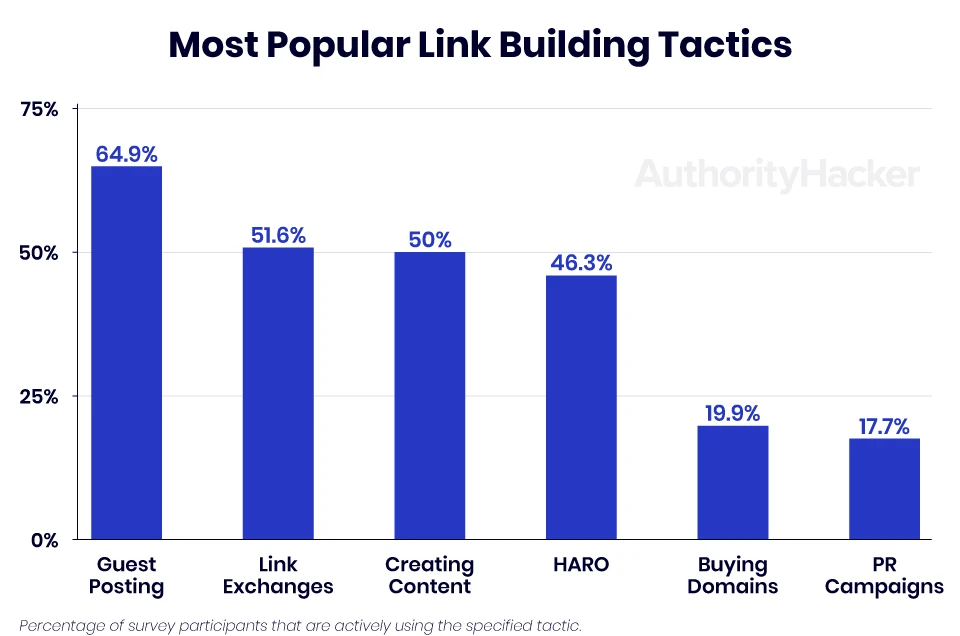
Guest blogging is a content marketing strategy used by 64.9% of link builders for their websites. Your brand’s credibility and visibility develop when you share vital ideas with a larger audience.
Backlinks from trustworthy websites serve as a vote of confidence, notifying search engines that your content is valuable and trustworthy. This mutually beneficial connection promotes organic growth, establishing your company as a reliable digital presence.
5.Utilize social media
Using social media networks to advertise your content is a dynamic technique. Although social signals do not directly impact SEO, increased exposure can trigger a chain reaction that results in more organic links.
Your content can reach a large number of audience, including influencers and other content producers, as it spreads via social networks. This enhanced visibility enables employees in your company to share, reference, and connect to your work.
While social media amplification of your content can indirectly influence search engine results, it can aid in the creation of a rich and natural link-building environment. 
The graph above shows the monthly active users of major popular social networking sites.
Conclusion
Finding the appropriate rhythm for link-building is critical in the complicated symphony of SEO. While excess links may be advantageous, quality and relevancy are more essential than quantity. The rules and algorithms of Google favor natural, context-driven linking.
The assumption that number outweighs quality should be refuted as search engines favor meaningful connections over mere volume. Balancing internal and external connections is an art that ensures the health and performance of a website. Remember that the strategic orchestration of links leads to SEO success, not the number of links.
